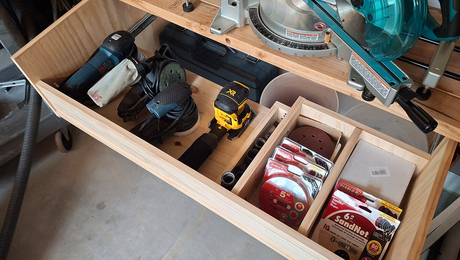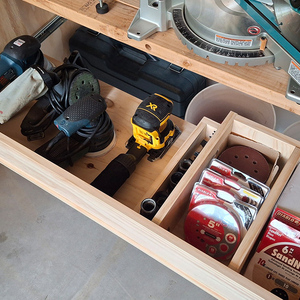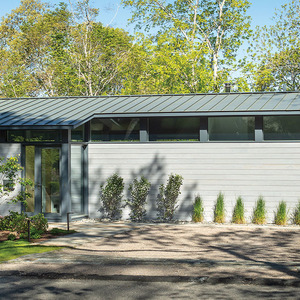I’ve got a weil-mclean boiler with a tankless coil that is disconnected, but still is operated by the hi-lo cut in switch for the tankless, which means that there is a max temp burner cut-out setting and a minimum temp cut-in setting.
When the boiler is turned on, it will keep the water at the min. temp setting. Since I don’t need to keep the water hot for the tankless coil, is there anything wrong with turning the minimum cut-in setting as low as it will go? Would it be better to change the control to a cold-start control, or is there some benefit to keeping the water in the boiler at about 120 even when not calling for heat?
Also, I just burned up my second circulator in about 10 years. Is that normal?
Steve
Edited 11/22/2008 12:04 am by mmoogie




















Replies
Here's some info on my boiler operation re. circulator. I have all zones with their own pump. Year-round boiler use because of the domestic HW. I replaced a pump prematurely a while ago. Would not turn.
Later talked with a boiler mechanic and he suggested closing off each side of the pump with the isolators. Removing the center cap that allows you viewage of the impellor. First time this requires knicking it with a punch/chisel/screwdriver and hammer and loosening it that way.
Turn the impellor (free it up) every season. B/4 replacing cap, put it in a vise and cut a slot with a hacksaw. You now have a slotted cap that you can remove with a screw driver.
Maybe?
A Great Place for Information, Comraderie, and a Sucker Punch.
Remodeling Contractor just outside the Glass City.
http://www.quittintime.com/
calvin,I can see the logic in that. I have two zones, each w/ their own circulator as well. Both times the one that failed was in active use at the time. Stopped dead in its tracks while running. That would seem not to point to a freeze-up from non-use.I do have my circulators set up on isolation valves, and I always have a spare ready so that when it fails on the coldest night of the year, which it literally did last night, I can just swap a new one in. I don't know if it's just coincidence, but earlier in the day I had anti-freeze pumped into the system. I've always just run it on water, but we recently had a power outage that lasted a day and a half, and half of my piping is in a crawl space, so I decided that for peace-of-mind I would anti-freeze it. The anti-freeze seems to make the water a little more viscous. Maybe that helped push and ailing circulator over the edge. Called my plumber and he could think of no reason why the two would be connected.Steve
I've seen hot water circulators run 'forever'. Pretty low stress devices; run silent run long.
I have no idea but if you ask over at http://www.heatinghelp.com at the wall they will have some good advice
Thanks. will do.
Steve,
You will need to describe the system piping, and specifically where in the system the pump is located and physically where the pump is located. There may be some clues as to why your circulator pumps are prematurely failing. Also, the orientation of the motor/main shaft is critical with some circulators. A properly selected/sized hot water circulator in a correctly piped, closed system should last for decades.
Low water temperatures - beware! Which W-M boiler do you have? IF is is a cast iron boiler, return water temperatures below 140 deg F will cause excessive condensation in the flue passages and rot the boiler. 150 would be the lowest I would set the low cutout.